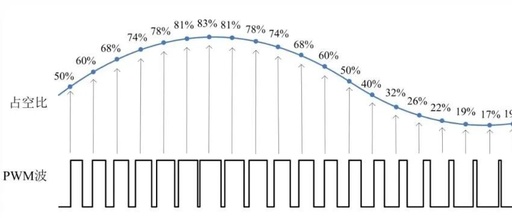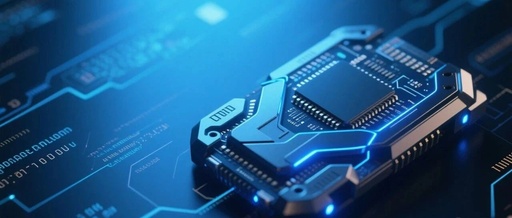MCUViewer: The Ultimate GUI Debugging Tool for Seamless STM32/JLink Integration
IntroductionIs debugging STM32 giving you a headache lately? UART printing is too slow and resource-consuming, and you have to set breakpoints just to check variables. Not to mention, tracking high-frequency signals is nearly impossible… Don’t worry, today I want to introduce you to a powerful tool—MCUViewer—that will completely liberate your debugging process. What is MCUViewer?MCUViewer … Read more








